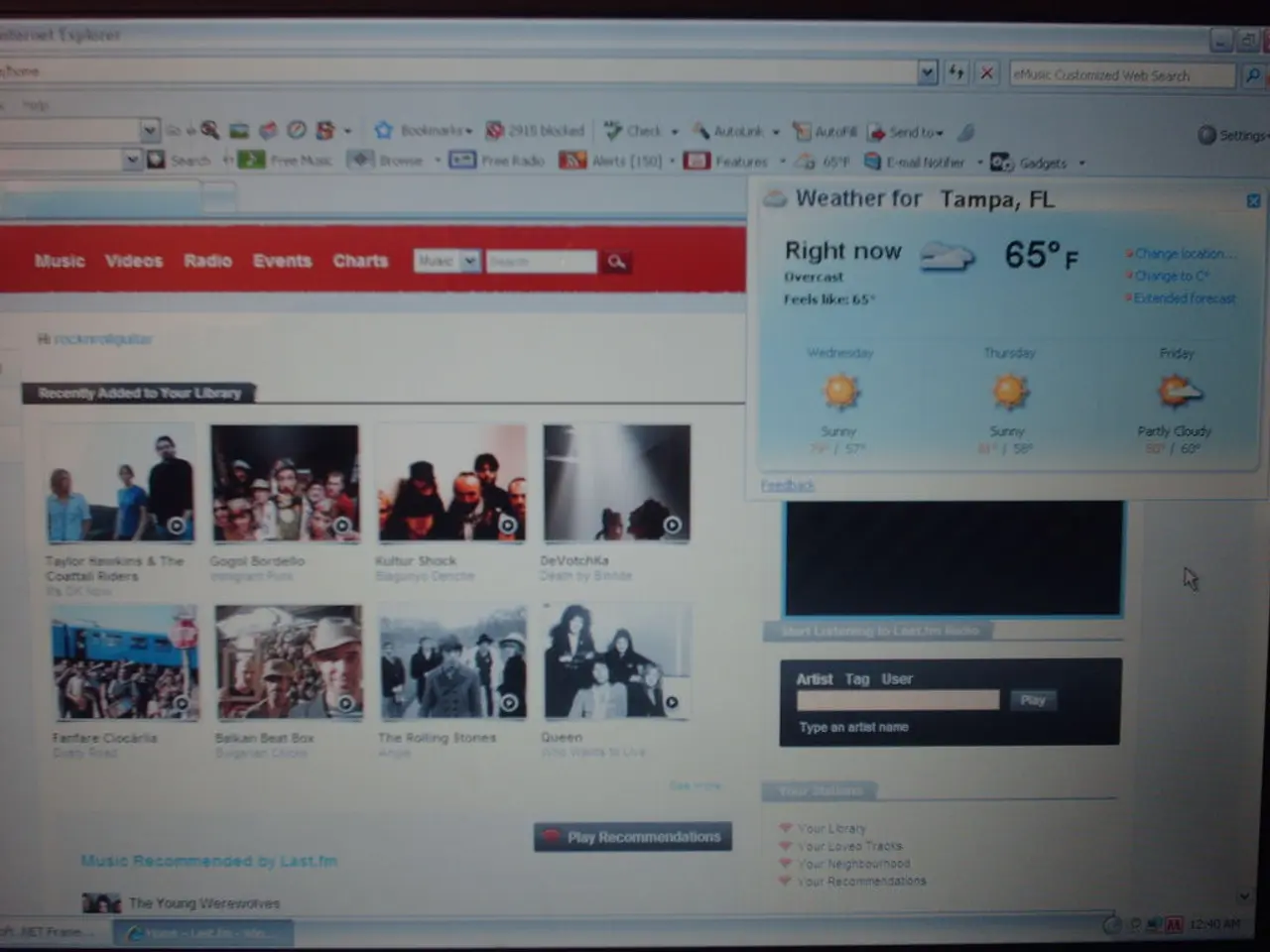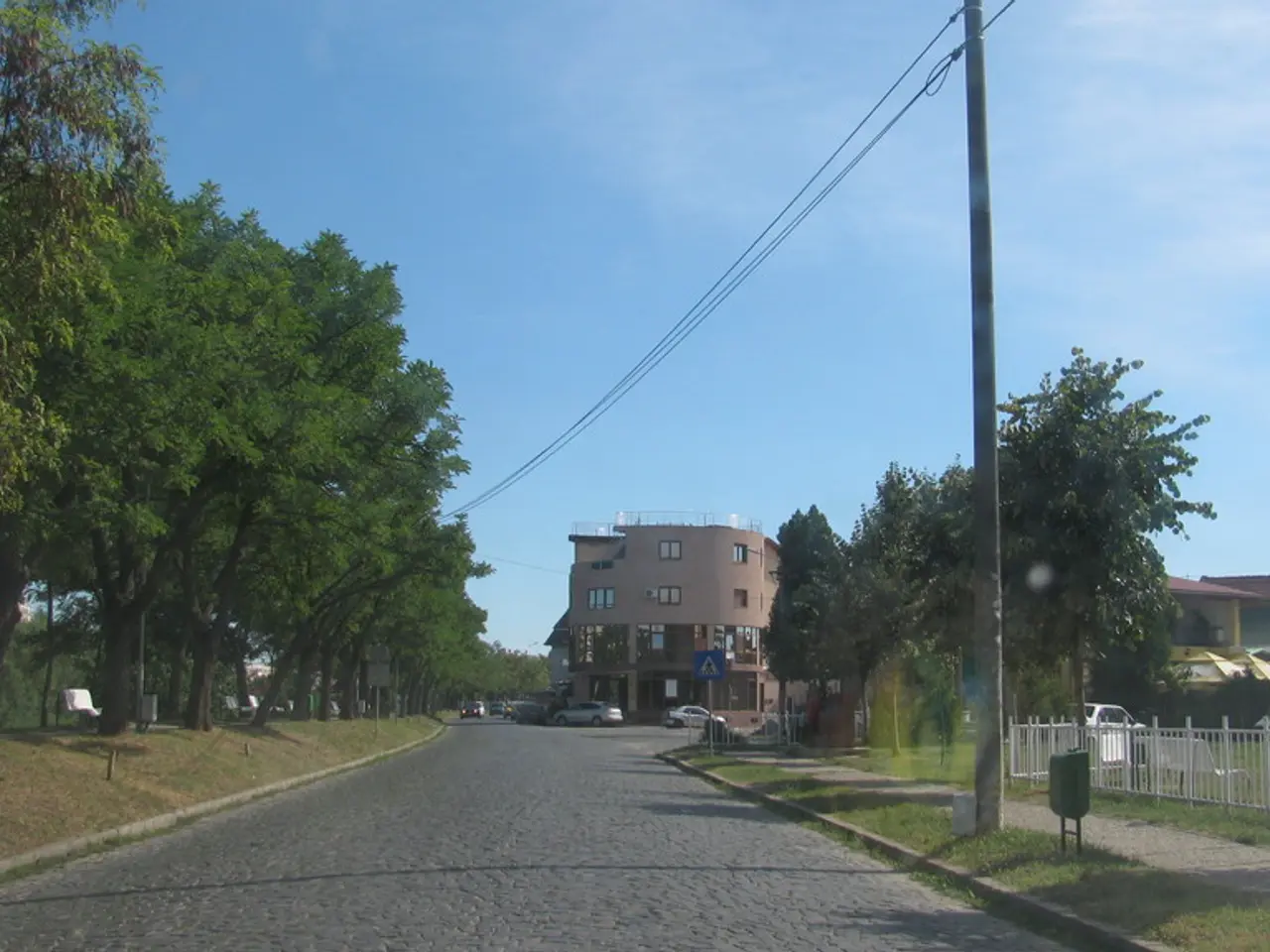Unleashing the Future of Video Generation
Video Generation Unleashed: Open-Source Software Now Capable of Creating Complete Scenarios in Full Length
Open-source video generators are putting the heat on closed-source giants, offering more flexibility, less restrictions, and uncensored creativity, even surpassing many commercial AI video generators in quality. three models (Wan, Mochi, and Hunyuan) have made it to the top 10 of all AI video generators.
Recently, two trailblazing models have stepped up to the challenge of generating content lasting minutes instead of seconds, pushing the boundaries of what was considered achievable.
In a groundbreaking move this week, SkyReels-V2 unveiled its "Infinite Film Generative Model" which takes video generation to new heights with a "diffusion forcing framework". This innovative system synergizes multiple AI technologies to seamlessly extend video content without explicit length constraints, effectively eliminating the problem of quality degradation over extended sequences.
How does it work? By conditioning on the last frames of previously generated content, the model intelligently creates new segments, ensuring smooth transitions and consistent quality. This is why video generators tend to stick with short videos of around 10 seconds; anything longer, and the generation tends to lose coherence. However, with SkyReels-V2, videos remain coherent and the images don't lose quality.
SkyReels-V2 incorporates several advanced components, including a new captioner that combines knowledge from general-purpose language models with specialized "shot-expert" models to better understand and execute professional film techniques. The system also uses a multi-stage training pipeline that progressively increases resolution while maintaining visual coherence. For motion quality, the team implemented reinforcement learning specifically designed to improve natural movement patterns.
For those with lower-end hardware, FramePack offers an efficient approach to long-form AI video generation, requiring only 6GB of VRAM to create minute-long videos at 30fps. FramePack’s key innovation is a memory compression system that intelligently assigns computational resources to recent frames while compressing older ones.
Potential applications of these advancements range from creating high-quality video content for entertainment, marketing, and educational purposes, to enabling researchers to test hypotheses over longer periods, or even generating personalized videos for unique experiences.
Edited by Sebastian Sinclair and Josh Quittner
Generally Intelligent Newsletter
Enrichment Data:
SkyReels-V2's Diffusion Forcing framework enables infinite-length video generation while preserving quality through a multi-layered approach:
- Structural Video Representation Combines general descriptions from multi-modal LLMs with detailed shot composition parameters (camera motions, actor expressions)[3]. This hybrid representation provides a blueprint for long-term consistency by embedding cinematic grammar directly into the generation process.
- Efficiency-Optimized Architecture Fine-tunes pre-trained diffusion models into specialized "forcing" models that maintain temporal coherence through progressive resolution training[5]. This reduces computational costs while enabling extended video synthesis beyond typical 5-10 second limits[2][4].
- Reinforcement Learning Augmentation Uses human-preference optimization with manually annotated data to resolve motion distortions and irrational dynamics[5]. This ensures smooth transitions between generated segments during continuous playback.
- Multi-Stage Post-Training Implements three optimization phases:
- RL fine-tuning for motion quality
- Diffusion Forcing for duration extension
- High-quality SFT for visual refinement[1][2] This phased approach prevents quality degradation from compounding errors in long sequences.
- Benchmark Validation Achieved 83.9% overall score in V-Bench 1.0 by maintaining instruction adherence and visual quality simultaneously[5], demonstrating its ability to preserve standards across extended durations through shot-aware generation mechanisms[3].
The framework's key innovation lies in decoupling duration limitations from quality constraints through cinematic-aware pretraining and efficient forced-diffusion mechanics[4][5], enabling professional-grade synthesis at arbitrary lengths.
- The Diffusion Forcing framework in SkyReels-V2 allows for infinite-length video generation while maintaining quality, thanks to a multi-layered approach that includes structural video representation, efficiency-optimized architecture, reinforcement learning augmentation, multi-stage post-training, and benchmark validation.
- Structural Video Representation combines general descriptions from multi-modal LLMs with detailed shot composition parameters, providing a blueprint for long-term consistency by embedding cinematic grammar directly into the generation process.
- Efficiency-Optimized Architecture fine-tunes pre-trained diffusion models into specialized "forcing" models, reducing computational costs and enabling extended video synthesis beyond typical 5-10 second limits.
- Reinforcement Learning Augmentation uses human-preference optimization with manually annotated data to resolve motion distortions and irrational dynamics, ensuring smooth transitions between generated segments during continuous playback.
- The framework achieves 83.9% overall score in V-Bench 1.0 by maintaining instruction adherence and visual quality simultaneously, demonstrating its ability to preserve standards across extended durations through shot-aware generation mechanisms.





